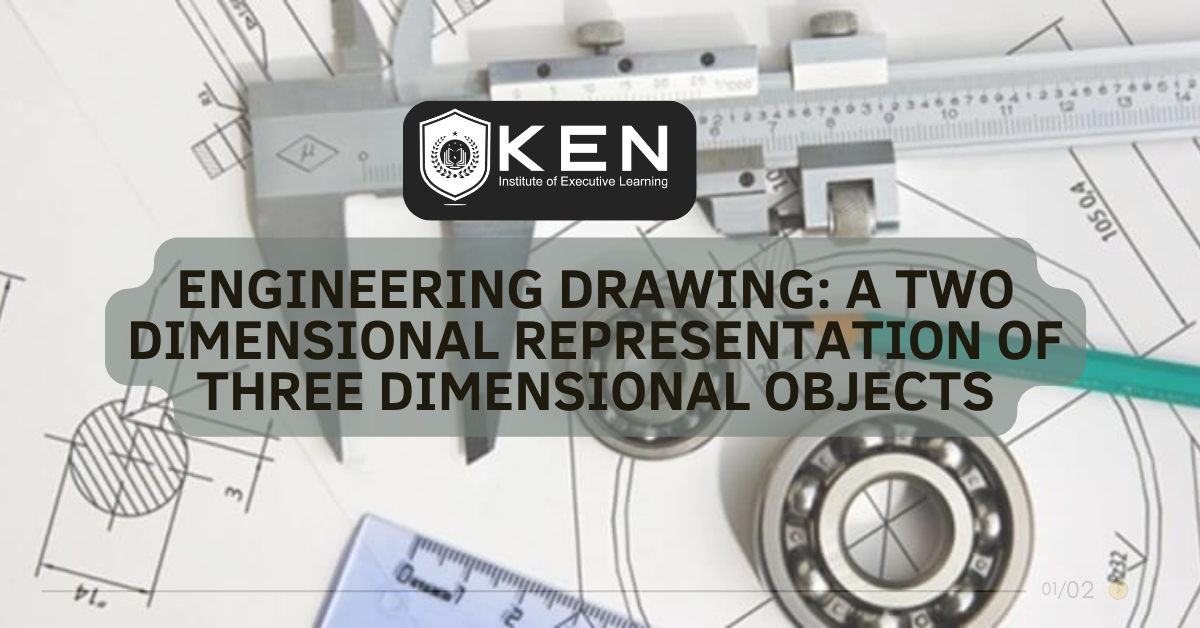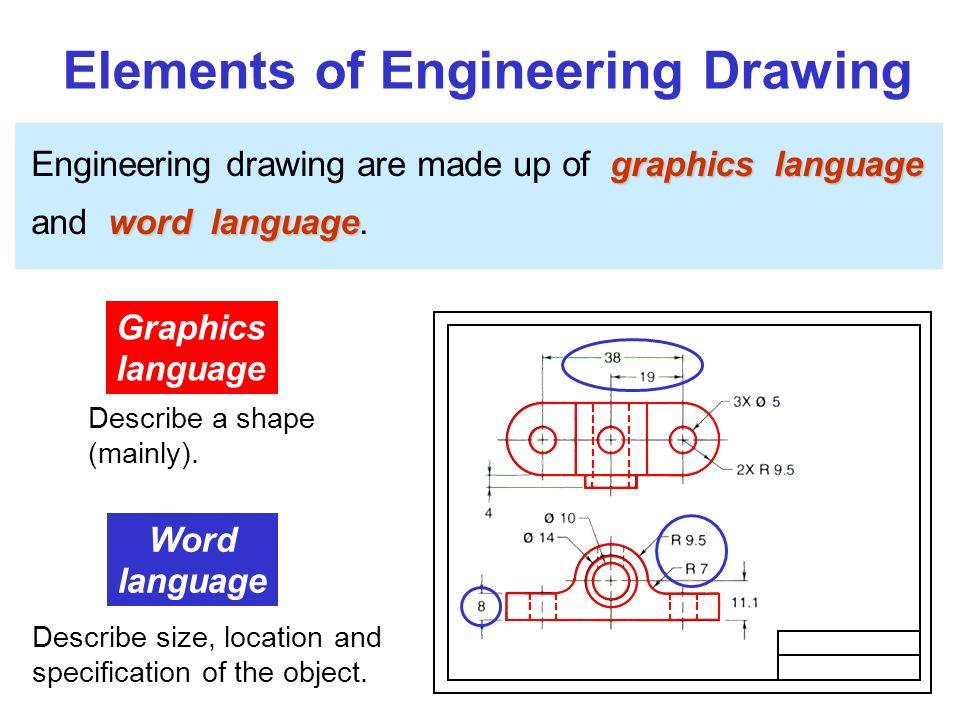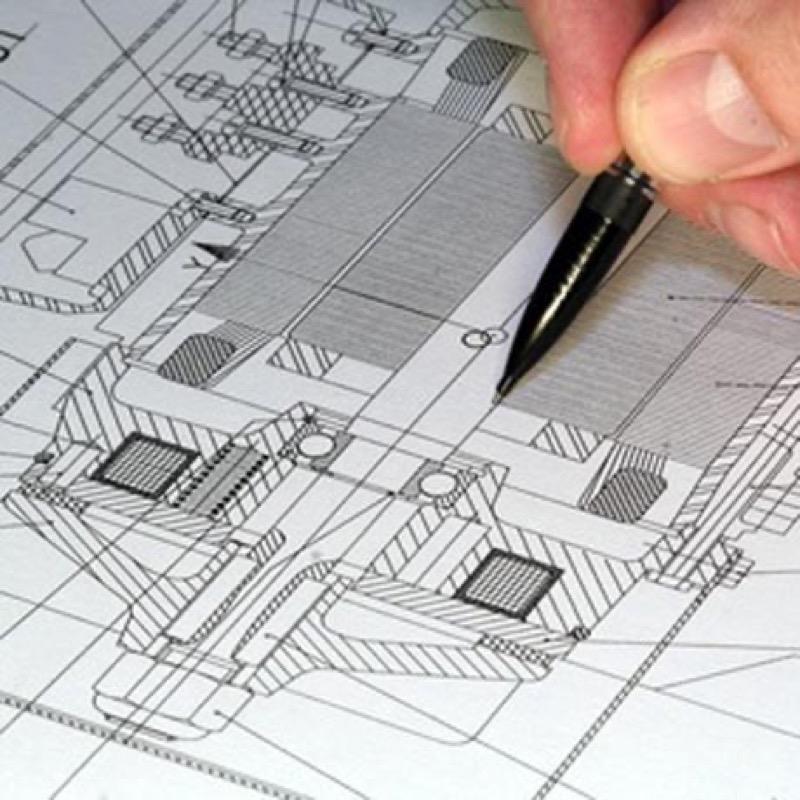
“Engineering Drawing” is the graphic language from which a trained person can visualize objects. It provides necessary information about the shape, size, surface quality, material, manufacturing process, etc., of the object. In exchanges of information, especially where different languages are involved, the technical drawings can clarify ambiguities or help resolve problems in communicating across language barriers. Drawings prepared in one country may be utilized in any other country irrespective of the language spoken. Engineering drawing is a suitable graphic language from which any trained person can visualize the required object. As an engineering drawing displays the exact picture of an object, it obviously conveys the same ideas to every trained eye. Irrespective of language barriers, the drawings can be effectively used in other countries, in addition to the country where they are prepared. Considerable progress has been achieved in the field of standardization of engineering drawing by mutual agreement between various countries and has adapted the International Standards on code of practice for drawing.
Hence, engineering drawing is called the universal language of engineers.
Any language to be communicative should follow certain rules so that it conveys the same meaning to everyone. Similarly, drawing practice must follow certain rules, if it is to serve as a powerful means of communication. The ability to read drawings is the most important requirement of all technical people in any profession. As compared to verbal or written descriptions, this method is brief and clearer.
For effective exchange of ideas with others, the engineer must have proficiency in:
- Language, both written and oral
- Symbols associated with basic sciences
- The graphic language.
Importance of Graphic Language
The graphic language becomes necessary to build new structures and create new machines or the like, in addition to representing the existing ones. In the absence of graphic language, the ideas on technical matters have to be conveyed by speech or writing, both are unreliable and difficult to understand by the shop floor people for manufacturing. This method involves not only a lot of time and labor but also manufacturing errors.

Important Applications of Engineering Drawing
- Building drawings for civil engineers
- Machine drawing for mechanical engineers
- Circuit diagrams for electrical and electronics engineers
- Computer graphics for one and all.
Skills for Correct Drawing:
- Ability to read and prepare engineering drawings.
- Ability to make free-hand sketches of objects
- Power to imagine, analyze, and communicate
- Capacity to understand other subjects
Requirements for Correct Drawing:
In a number of dealings with contracts, the drawing is an official document and the success or failure of a structure depends on the clarity of details provided on the drawing. The drawings prepared by any technical person must be clear, and unmistakable in meaning and there should not be any scope for more than one interpretation, or else litigation may arise.

Hence, an engineer should possess good knowledge, not only in preparing a correct engineering drawing but also in reading the drawing correctly. Without engineering drawings, it would have been impossible to produce objects such as aircraft, automobiles, locomotives, etc., each requiring thousands of different components.
“Join Ken Institute for comprehensive Mechanical Engineering Courses led by expert faculty, ensuring your readiness to tackle workplace fire emergencies effectively.”
join us at info@keneducation.in
visit our website at www.keneducation.in
call on +917569034271
Let’s connect on Facebook, YouTube, LinkedIn, and Instagram.

